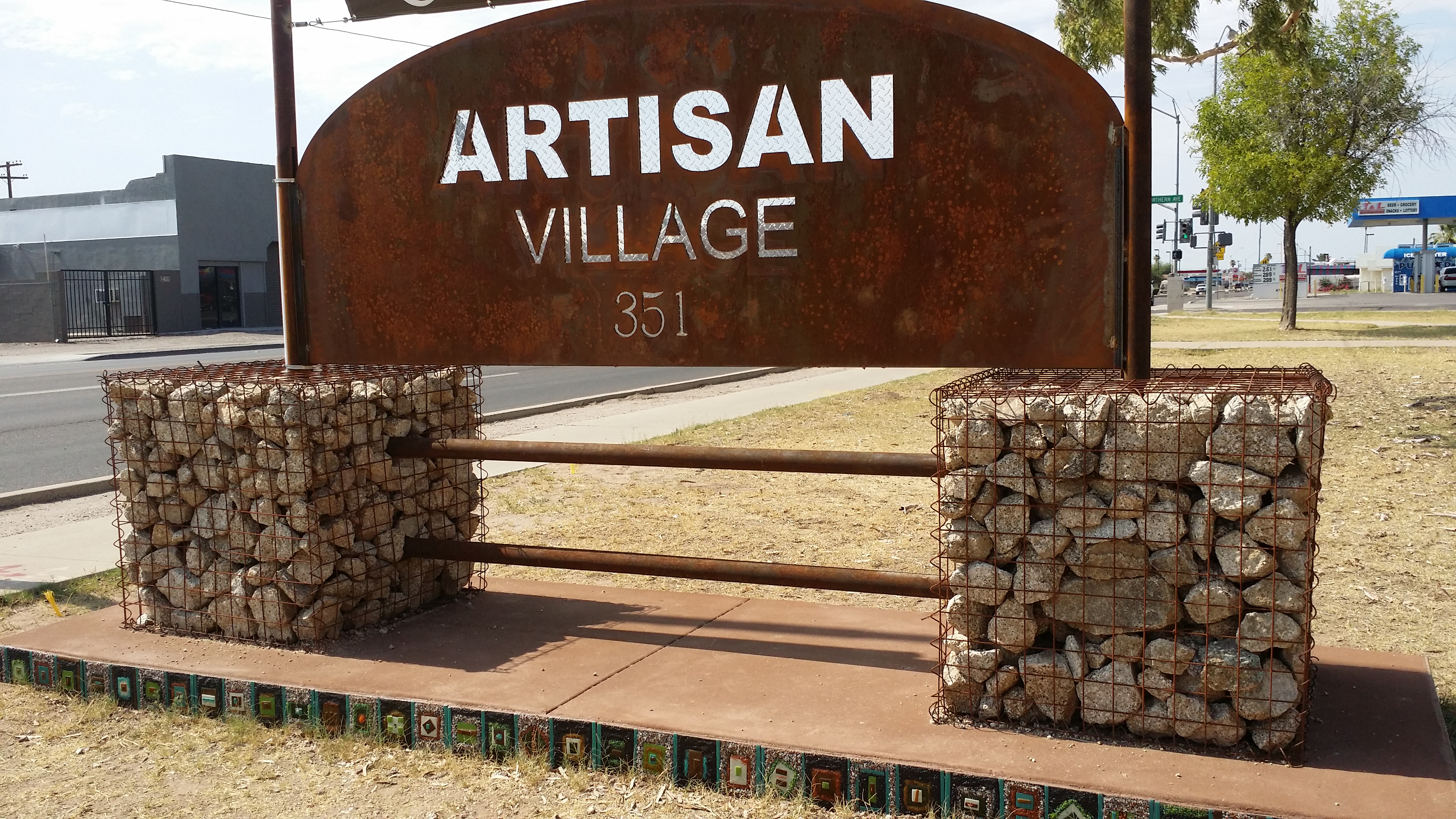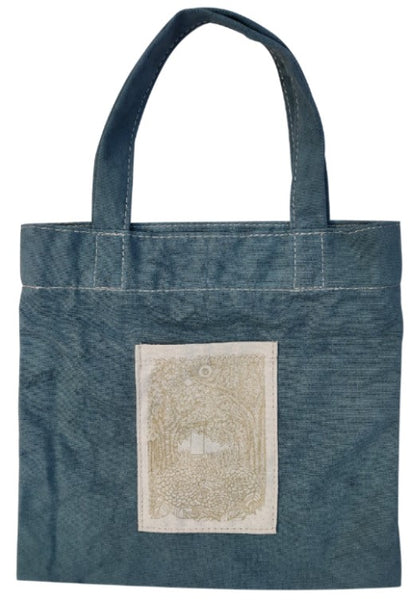

Men and women were treated as equals in the eyes of the law. Women were active participants in all spheres of ancient Egyptian society, from the fields and the courtroom to temples and palaces. Nefertari was also known as Nefertari Meritmut, which means “Beloved of Mut.” Women in ancient Egypt This blend of qualities made her a role model for women in all spheres of Egyptian society. She was a supportive and dutiful wife, a powerful queen and an honored goddess. The goddess Mut-whose name means “mother”-embodied the ideal Egyptian woman. Egypt’s queens played an important role in religious processions and celebrations, representing the female aspect of the divine on Earth. Worshippers made offerings to Sekhmet daily to ask for her protection and ensure she remained in her gentle, domesticated form: the cat goddess, Bastet.Īlthough temple ceremonies were traditionally carried out by men, women also served the gods. 1390–1353 B.C.), hundreds of statues depicting Sekhmet were produced, including the four imposing sculptures displayed in the exhibition. One of the most frightening Egyptian deities was the lion-headed Sekhmet, goddess of divine wrath. The exhibition opens with a monumental granite sculpture of Nefertari’s husband, the great pharaoh Ramesses II, seated between the sun god Amun and his wife, the goddess Mut-the two patron deities of Thebes.

#Artisan village eqgypt full#
Death would transform the pharaoh into a full god, Ra, but while on Earth, the pharaoh was charged with maintaining justice, truth, order and cosmic balance. While living, he was considered the incarnation of Horus, son of the sun god Ra, temporarily living among mortals. In ancient Egypt, the pharaoh served as the empire’s spiritual, judicial and political leader. Objects found inside the tomb, presumed to belong to Queen Nefertari, are included in the exhibition. The objects that were recovered, however, hint at what must have been a magnificent treasure trove of furniture, precious oils and other provisions for the afterlife. While the tomb itself proved to be extraordinary, he found that robbers had looted nearly all of its contents soon after it was sealed. When the tomb was opened, he discovered brilliantly painted scenes depicting the perilous and challenging journey Nefertari had to make to appease the gods on her path to immortality. In 1904, Italian archaeologist and then director of the Museo Egizio, Ernesto Schiaparelli, uncovered Nefertari’s tomb in the Valley of the Queens, located near the ancient capital of Thebes. Until the early 1900s, Nefertari was known only through a few finds, such as sculptures, tomb paintings and hieroglyphs related to Ramesses II. Using these skills, she aided the pharaoh in his diplomatic work. Although few details are known about Nefertari, archaeological records reveal that she was highly regarded and educated and could read and write hieroglyphs. She was the Great Royal Wife, the favorite of pharaoh Ramesses II (reigned from 1279 to 1213 B.C.)-builder of grand monuments, vast tombs and monumental temples. Nefertari is one of the most celebrated queens of ancient Egypt alongside Hatshepsut, Nefertiti and Cleopatra. We are especially grateful to the Museo Egizio for lending us this extraordinary collection of objects.” Queen Nefertari: “The One for Whom the Sun Shines” Lee, director of the Kimbell Art Museum, “and we are thrilled to present this remarkable exhibition that is altogether alluring, grand, exotic and captivating.


“Ancient Egypt has long fascinated the modern world,” said Eric M. Visitors can expect to see majestic statues, exquisite jewelry, decorated vases, papyrus manuscripts, carved steles, splendid stone sarcophagi and intricately painted wooden coffins, as well as tools and items of daily life from the craftsmen who built the royal tombs. She and other women of ancient Egypt are brought to life through 230 objects from temples, tombs, palaces and the artisan village of Deir el-Medina, presenting the richness of Egyptian culture some 3,000 years ago.ĭrawn from the Museo Egizio in Turin, Italy, one of the most important and extensive collections of ancient Egyptian works in the world, these exceptional objects highlight the role of women-goddesses, queens and artisans-in Egypt’s New Kingdom period (c. Called “the one for whom the sun shines,” Nefertari was the favorite wife of pharaoh Ramesses II. December 6, 2020–March 14, 2021 Octo- The Kimbell Art Museum presents a sweeping showcase of female power and influence during the height of ancient Egyptian civilization in the upcoming exhibition Queen Nefertari’s Egypt, on view from December 6, 2020, through March 14, 2021.Īt the heart of the exhibition is Queen Nefertari, who was renowned for her beauty and prominence.


 0 kommentar(er)
0 kommentar(er)
